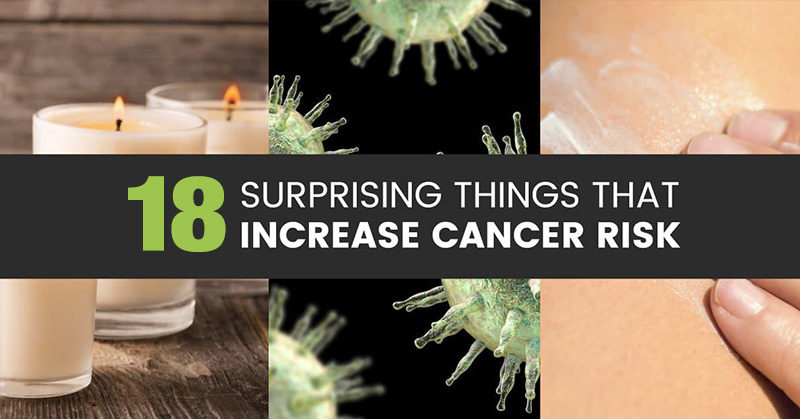Cancer is one of the leading causes of death in the United States, and one out of every three women and one out of every two men can expect to receive a cancer diagnosis at some point in their lifetime [1]. While there continue to be incredible advancements and discoveries in the field of cancer testing, treatments, and potential cures, this reality remains the same.
The most effective way to beat cancer is to prevent it altogether
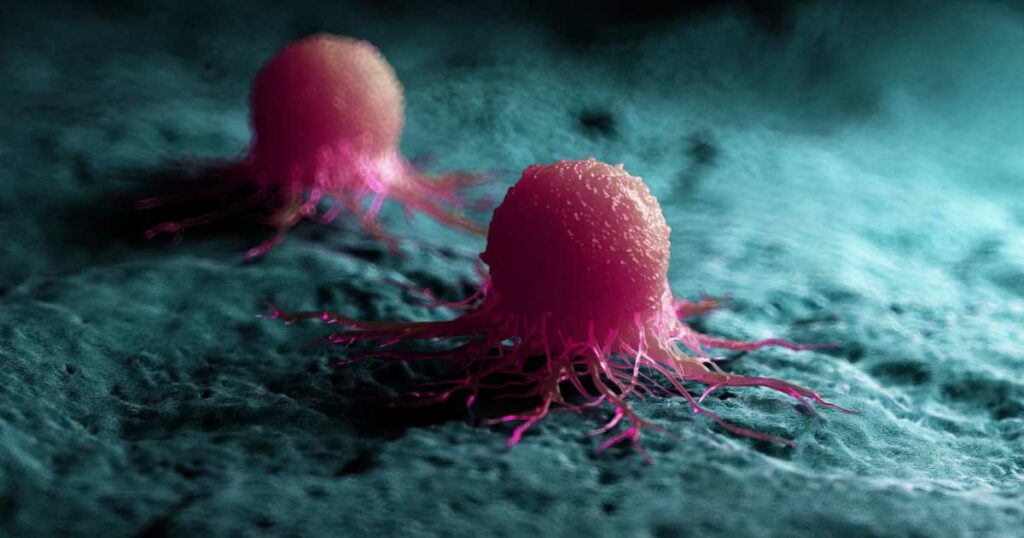
The challenge is that cancer prevention looks different for each individual and cannot be done for you. You have to take control and take action against your own personal risk factors.
Read More: 4 Severe Signs of Cervical Cancer You Should Never Ignore, But Many Women Do
17 Risk Factors for Cancer Everyone Should Know

This means that the first step in cancer prevention is knowing the risk factors for cancer, understanding which ones apply to you, and realizing your personal risk so that you can make the changes necessary to lower them. Cancer is not 100% avoidable for everyone. However, by learning about the following eighteen risk factors, you’re doing what you can to help prevent it. Some of these risk factors may seem obvious, while others are surprising. Find out which of these applies to you and talk to your doctor about what your next steps should be.
1. Genetic Predisposition
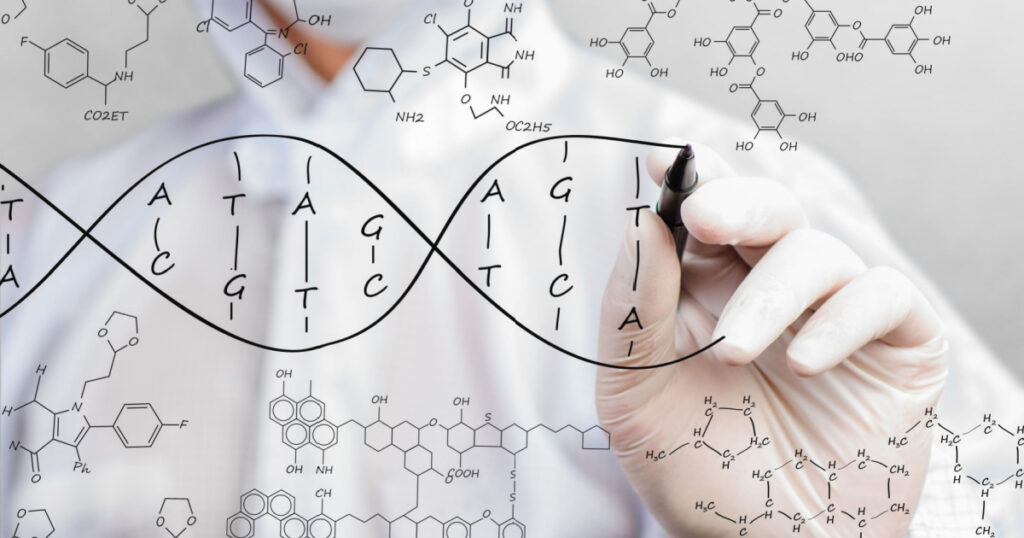
Cancer has a notable genetic component, which is why our genes and our family history of cancer can tell us so much about our own risk for developing cancer. [2,3,4] For example, if your great-grandmother had breast cancer, that mutated gene gets passed down to your grandmother, your mother, and then to you. Now, just because someone in your family had cancer, does not mean you are guaranteed to get it, but it does put you at a much greater risk.
There are over one hundred known cancer predisposition genes that provide scientists with crucial information on the pathology of cancer, how it grows, what causes it. The presence of any of these will help to determine your level of risk for developing different types of cancer [2]. Genetic testing is available to determine if you have any of the known cancer genes and is routine for high-risk people (those who have a number of cancer cases in their family). If you are concerned about whether or not you have cancer genes in your DNA, talk to your doctor about being tested. Unfortunately, you can’t change your DNA to lower your risk. You can, however, take steps to remove other cancer risk factors from your life.
Read More: Passionfruit Contains High Levels of Cancer-Fighting Antioxidants And 13 Known Carotenoids
2. An Unhealthy Microbiome
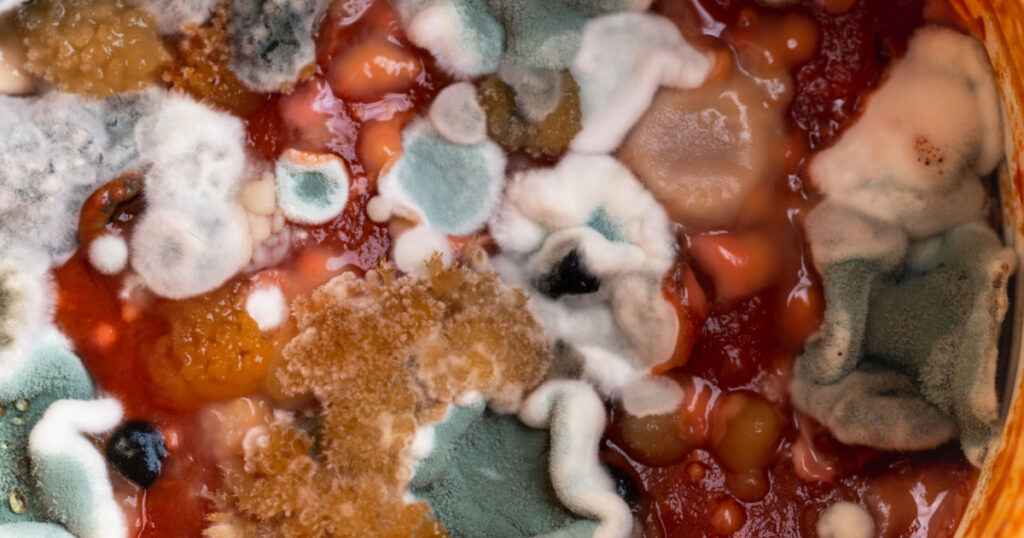
There is a growing body of research indicating the importance of having a healthy gut with the right balance of “good” bacteria and very little “bad” bacteria, cancer, and other types of disease. While the research as a whole is still in its infancy, it’s still food for thought. There are three main areas along your digestive tract, your mouth, upper digestive tract, and small & large intestine. Without a proper balance of healthy bacteria, they can become inflamed. There is evidence that dysbiosis in some of these areas is linked to cancer.
Mouth
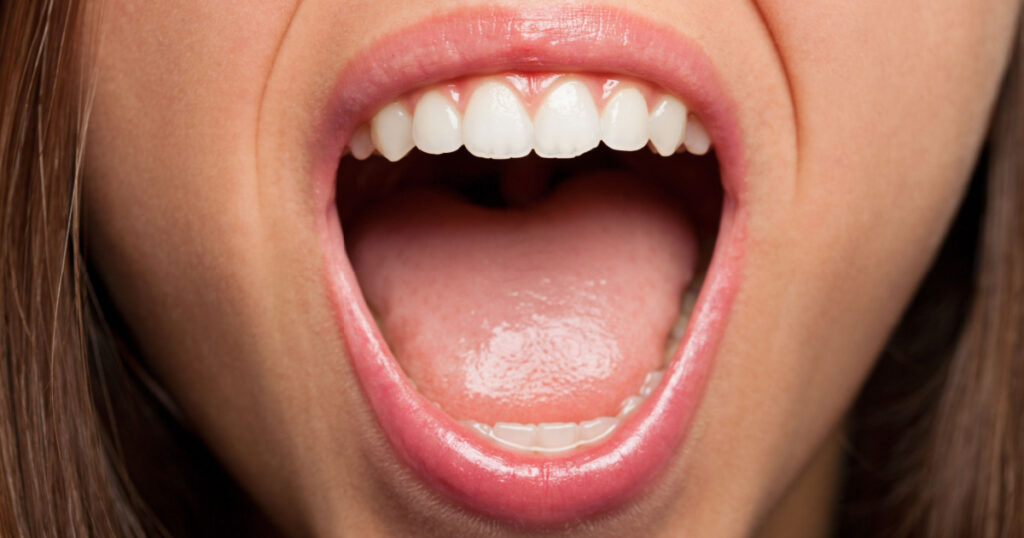
Currently, the role of oral microbiota in fighting or promoting cancer is not fully understood. What we do know is that the bacteria in your mouth helps to make cytokines and other inflammatory mediators, which may help prevent cancer.
There is an association with poor oral health and a number of cancers, including pancreatic and gastrointestinal cancer. Most cancers caused by oral microorganisms occur when an infection is present in the mouth, and there is an influx of bad bacteria and inflammation. In most cases, proper oral hygiene will prevent these infections and maintain a proper balance of bacteria in your mouth. [5]
Upper Digestive Tract
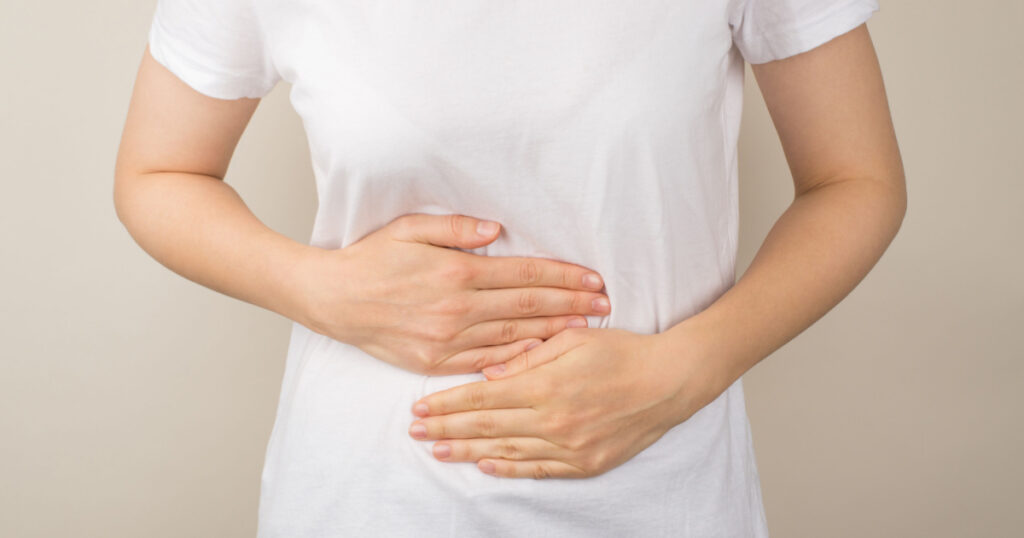
Lower numbers of important upper digestive tract bacteria have been correlated with an increase in esophageal and stomach cancers. This low population of bacteria has also been associated with chronic esophageal diseases and inflammation, which raises your risk for cancer. [6]
Gut and Intestines

A decrease in beneficial bacteria in the intestines is associated with inflammation and an increased risk for colorectal cancers. Again, this inflammation causes chronic diseases, such as colitis, which raises your risk for developing colon cancer and other cancers of the lower digestive tract. [7,8,9] This is exciting research, some studies have even found that beneficial bacteria can not only counteract dietary causes of cancer but genetic predisposition as well. [10] However, we shouldn’t get too ahead of our selves. Logically it does show promise that eating a diet high in pre- and probiotic foods will keep your digestive tract and gut bacteria in check. This in turn could help prevent chronic illness associated with inflammation of the GI tract, and help to lower your risk for developing cancer. However, we have to understand that nothing is a stand-alone prevention tool, and probiotics are no exception. Beneficial bacteria can be found in foods such as kimchi, sauerkraut, kefir, kombucha, some yogurts, and most other fermented foods, as well as in supplement form.
Read: Resistant Starches, Good Bacteria, and Colon Cancer—What You Need to Know
3. Processed Meats and Red Meats
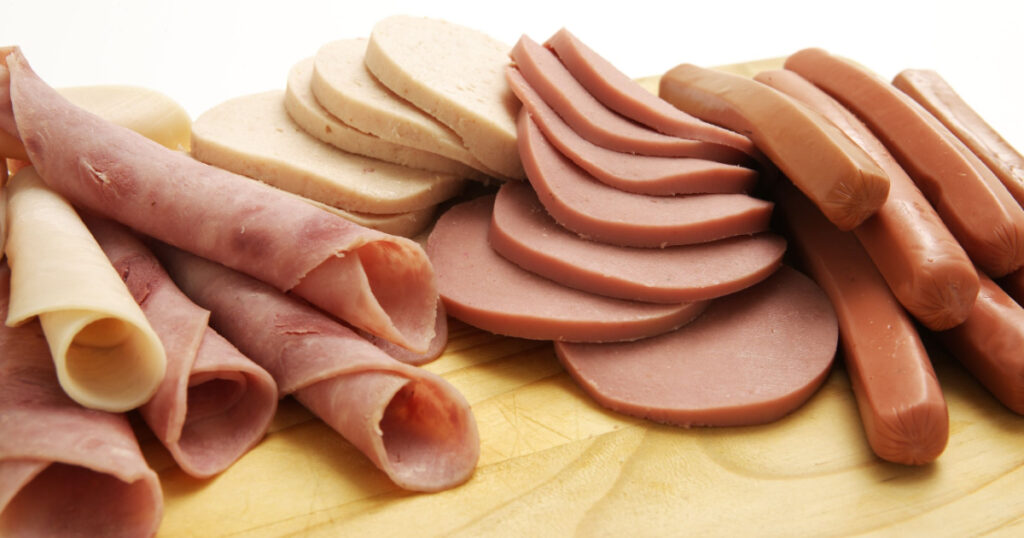
The World Health Organization has classified processed meats as a carcinogen (a cancer-causing substance). Essentially, any meat that has been treated (smoked, salted, cured, or fermented) to flavor or preserve itWhile the occasional consumption of these meats won’t cause harm, eating them every day will raise your risk of cancer by an entire percentage. [11] One of the issues with red meats and processed meats is that statistically, those who eat them frequently also have a lower intake of cancer-fighting fruits and vegetables. Everyone should be limiting red meat consumption to once or twice a week at most, using healthy cooking practices such as baking or broiling, and eating a variety of colorful vegetables along with it. Everyone should strive to eliminate highly processed meats from their diets entirely. [12]
Processed meats include:
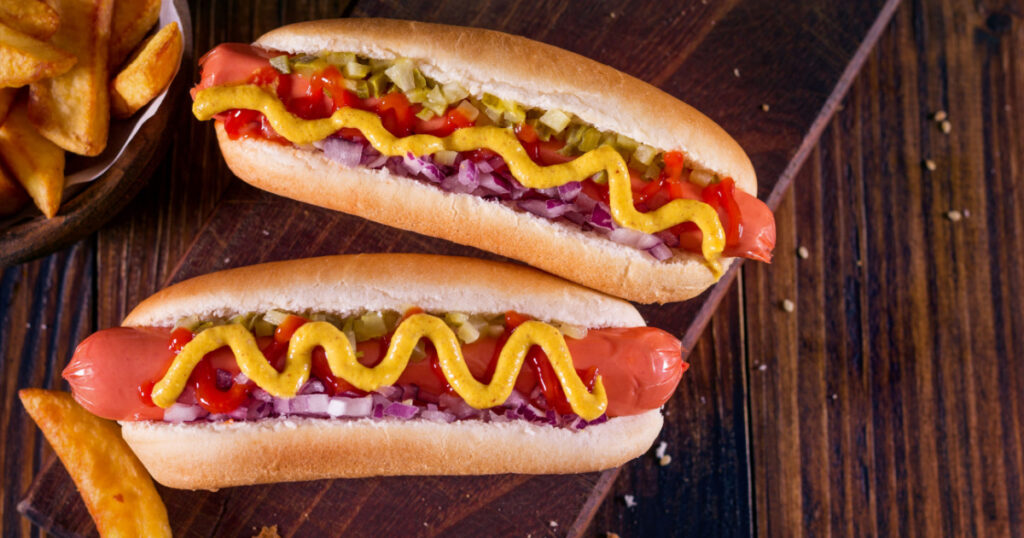
- Hot dogs
- Ham
- Bacon
- Sausage
- Some deli meats
Red meats include:
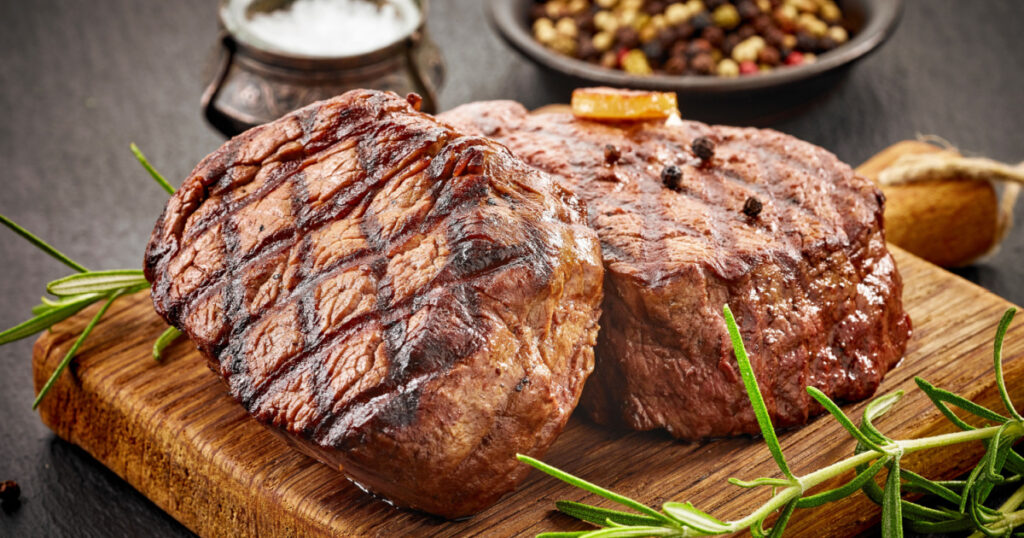
- Beef
- Pork
- Lamb
- Goat
Read More: 10 Ways to Help Reduce Your Colon Cancer Risk
4. Low Dietary Intake of Cruciferous Vegetables
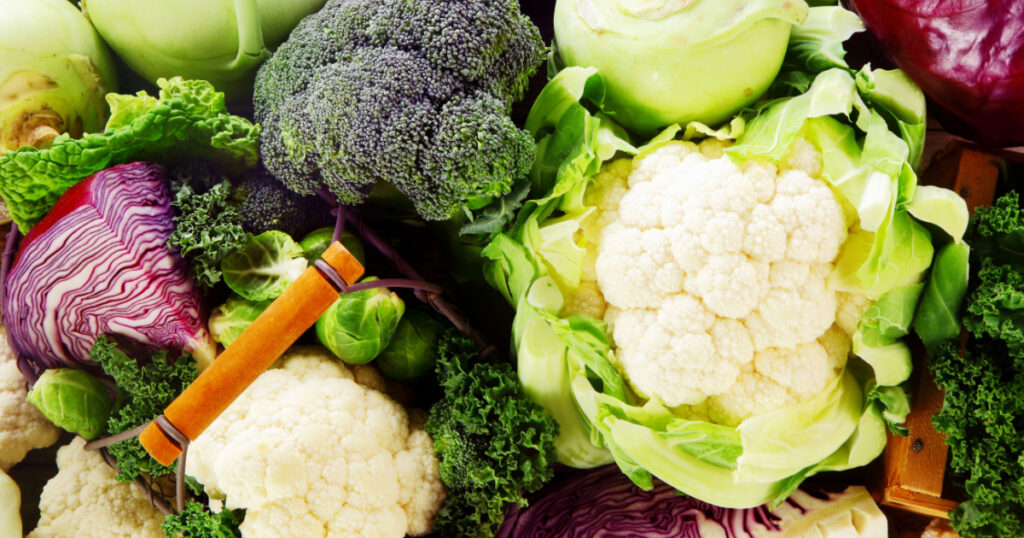
Cruciferous vegetables are one of the best sources of glucosinolates and their hydrolysis products, including indoles and isothiocyanates. These molecules alter the way your sex hormones (estrogen, testosterone, and progesterone) act or are metabolized in a way that inhibits the development of hormone-sensitive cancers. [13] Though more research needs to be done to determine the full impact, not including cruciferous vegetables, such as broccoli, kale, cauliflower, and brussels sprouts, means you won’t have these hormone-inhibiting products fighting off cancerous mutations.
Read More: 8 of the Best Anti-Cancer Foods. It’s Time to Start Adding them to Your Diet
5. Inadequate Antioxidant Intake
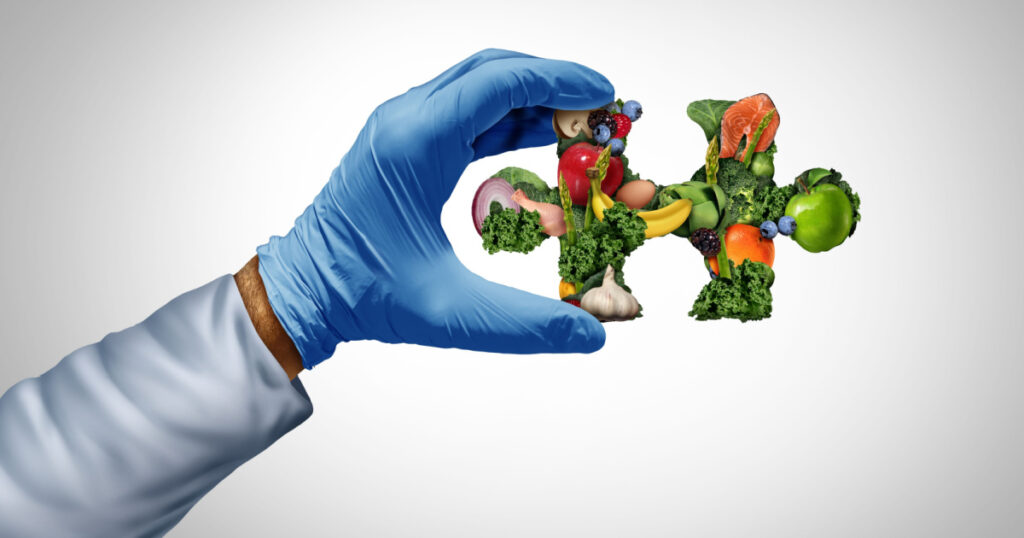
Cancer formation, in part, has been linked to free radicals and reactive oxygen species [34] that occur naturally in the body during chemical reactions, or when we are exposed to environmental toxins. Antioxidants and phytochemicals are free-radical scavengers: they prevent oxidative damage to our DNA and cell membranes by neutralizing and getting rid of these molecules, lowering our risk of developing cancer. [12,14] Our body makes some of its own antioxidants, however, this alone is not enough so it is crucial that we also get them from our diet. Without consuming enough antioxidants in your diet, your body has a harder time keeping up with the oxidative damage caused by free radicals. With this happening daily, over time this could increase your risk of cancer and other diseases. All the more reason to eat a varied and very colorful diet.
The primary antioxidants and antioxidant-functioning nutrients that we should eat every day are [12]:
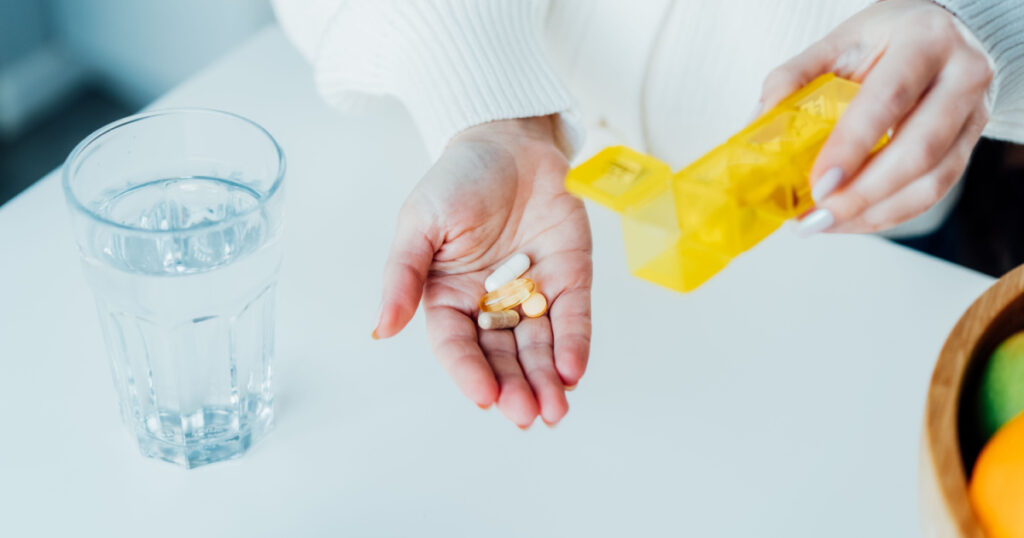
- Vitamin E: Almonds, spinach, sweet potatoes, avocados
- Vitamin C: Oranges, red peppers, kale, brussels sprouts
- Carotenoids: Carrots, sweet potatoes, dark leafy greens, tomatoes
- Selenium: Brazil nuts, yellow-fin tuna, halibut, sardines
- Folate: lentils, legumes, avocado, dark green vegetables
6. Tanning

Whether from a day spent at the beach or a tanning bed, the scientific community has all agreed on one thing: Tanning is bad for you. A tan, even just a light one, is still a sign of damage to your skin’s cells from the ultraviolet (UV) rays from the sun or tanning bed lights. Burns, of course, are even worse. Not only do these damage UV rays cause early signs of aging, such as sun spots, wrinkles, and lines, but they also are the number one cause of melanoma, aka skin cancer [15]. While yes, vitamin D from the sun is important for our health, this can be achieved without the cell damage that comes along with too much sun exposure. More importantly, we only synthesize vitamin D from UVB rays, not UVA, and the lights in tanning salons emit mostly UVA [16]. People who first use a tanning bed before the age of 35 are 75% more likely to get cancer, and 90% of melanomas are caused by UV exposure [15,16]. Protect yourself from cancer: Don’t tan.
Read More: In World First, Teenage Boy is Cured of Lethal Brain Cancer
7. Inadequate Vitamin D Intake
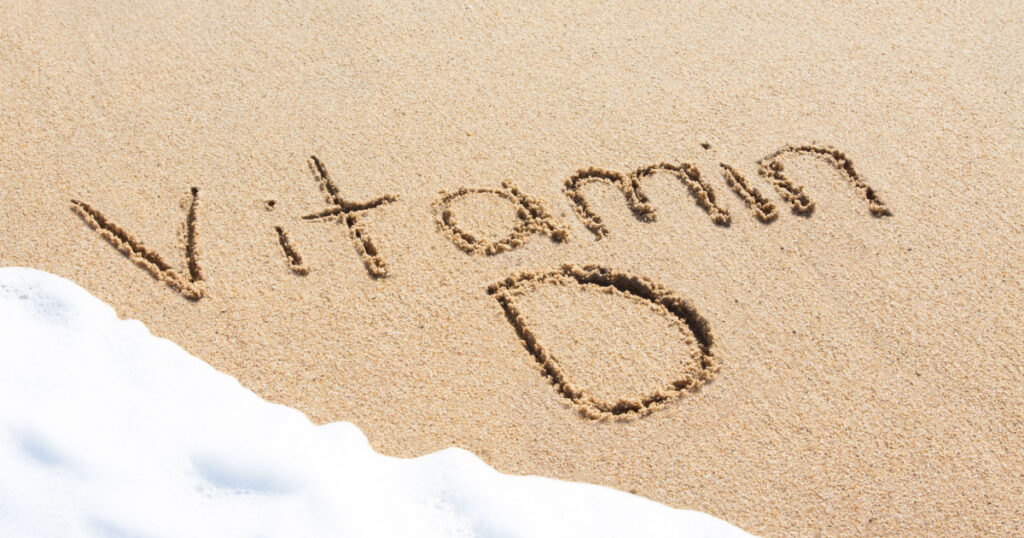
While more research is being done, studies have found that people who live in more southern climates and who have higher serum vitamin D levels have lower mortality rates from cancer [17]. The best way to get adequate vitamin D intake is by synthesizing it in our skin cells from the UVB rays from the sun. Of course, this gets tricky, knowing that over-exposure to the sun can cause cancer, and is even further made difficult for those living in northern climates whose skin does not see the sun for more than half of the year.
Thankfully, you can get a proper intake of vitamin D from sunlight without having to sit in the sun for hours

The Vitamin D council suggests you go outside at Mid-day (when the UV rays are strongest) in shorts and a tank top so that your legs and arms are exposed. For fair-skinned people, you will synthesize enough in ten to fifteen minutes, but for very dark-skinned individuals this may take longer. The rest of the time, you should be practicing safe sun exposure, wearing hats and sun-protective clothing, and sunscreen when necessary. For anyone living in colder climates, taking a mid-day sun break probably isn’t an option. In that case, it is important to include plenty of vitamin D-rich foods in your diet, and you may want to consider taking a supplement throughout the fall and winter months.
8. Sedentary Lifestyle

At this point, we are well aware that sitting all day, every day is just as bad for you as smoking. Sedentary behavior increases your risk for a wide variety of chronic diseases, cancer included [18,19]. The amount of time spent in non-active pursuits (sitting at work, driving, reading a book, watching TV, etc.) has been particularly linked to an increased risk for ovarian cancer, prostate cancer, colorectal cancer, endometrial cancer, and breast cancer [18,19].
A regular exercise routine is important and helpful in decreasing your risk for cancer

However, if you spend the other fifteen hours of your day sitting, you aren’t achieving as much as you think. The activity needs to be incorporated into your day beyond your regularly scheduled exercise: Take walks on lunch, get off the bus a couple of stops early, park at the back of the parking lot, and walk and bike places when you can. The less time you spend sitting, the better [12].
9. Being Overweight or Obese
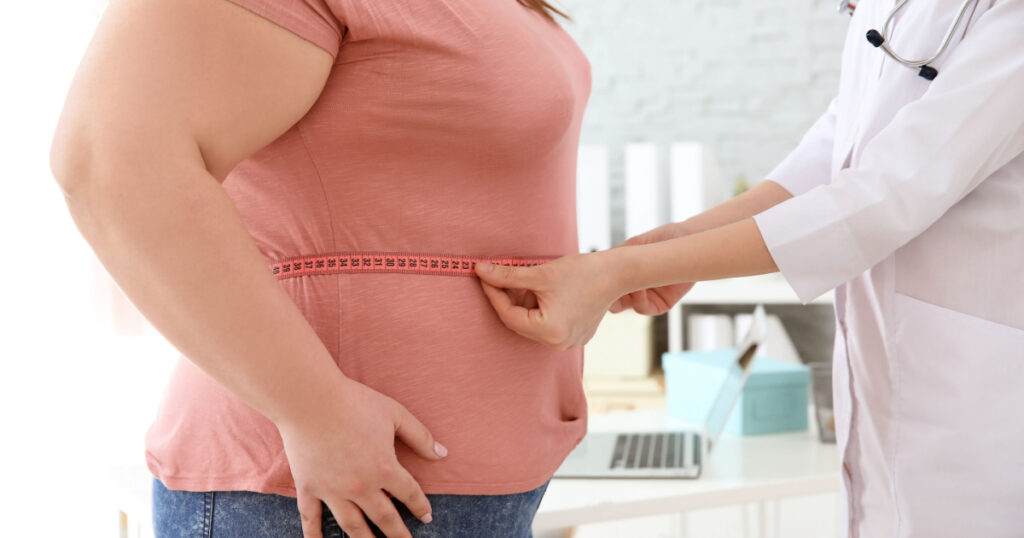
Being overweight or obese contributes to 20 percent of all cancers diagnosed in America, and this excess body weight causes one in five cancer-related deaths. Excess fat on the body raises cancer risk because of its effects on numerous things.[12,20]
These Include:
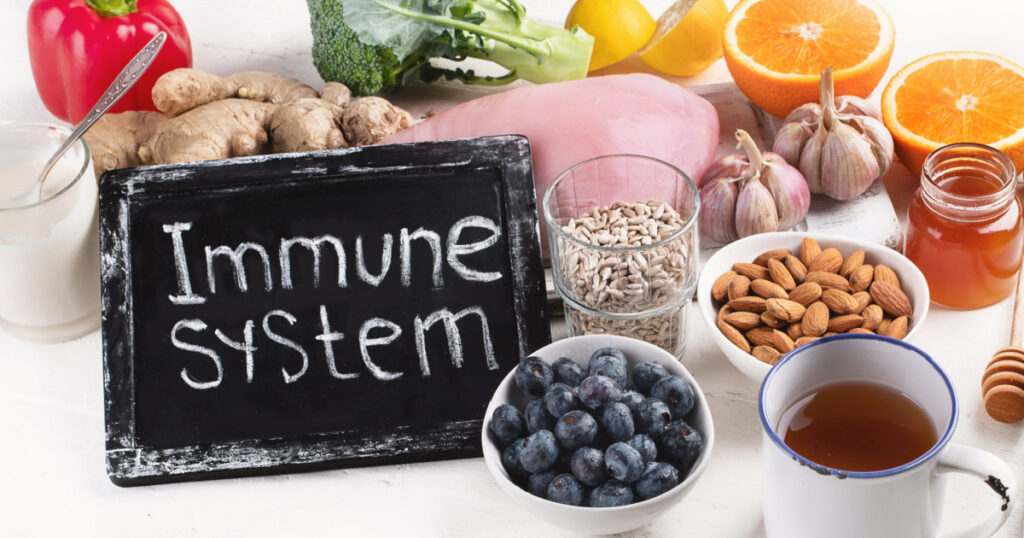
- Immune system function and increased inflammation
- Hormone levels (especially insulin and estrogen)
- Factors that regulate cell growth
- Proteins that influence how your body uses and produces sex hormones
Losing weight and maintaining a healthy weight will most certainly lower your risk of developing cancer.
10. Refined Sugars
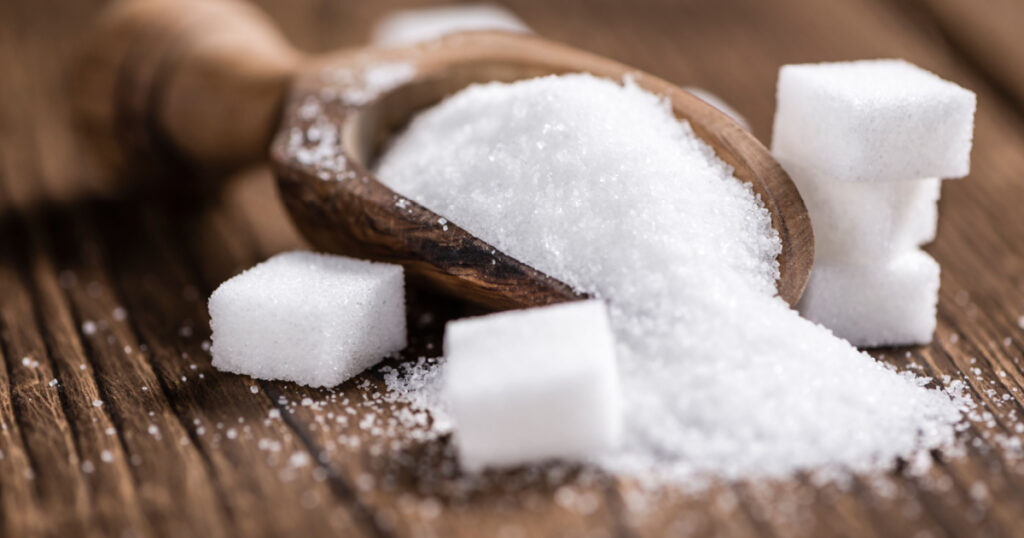
Sugar has been getting a lot of press time lately, as it has taken the place of fat as the most “evil” of all foods. In reality, not all sugar is bad (ie. naturally occurring fruit sugars) and our bodies need sugar to function properly. Some information has come out that states that sugar causes cancer to grow rapidly in the body. There is some evidence that large amounts of sugar may contribute to certain cancers, but most of these claims have yet to be properly studied and proven. That being said, there is a correlation between people who eat diets high in refined sugars and being overweight and obese. As already discussed, carrying around excess body weight will increase your risk of cancer [21].
Removing refined sugar
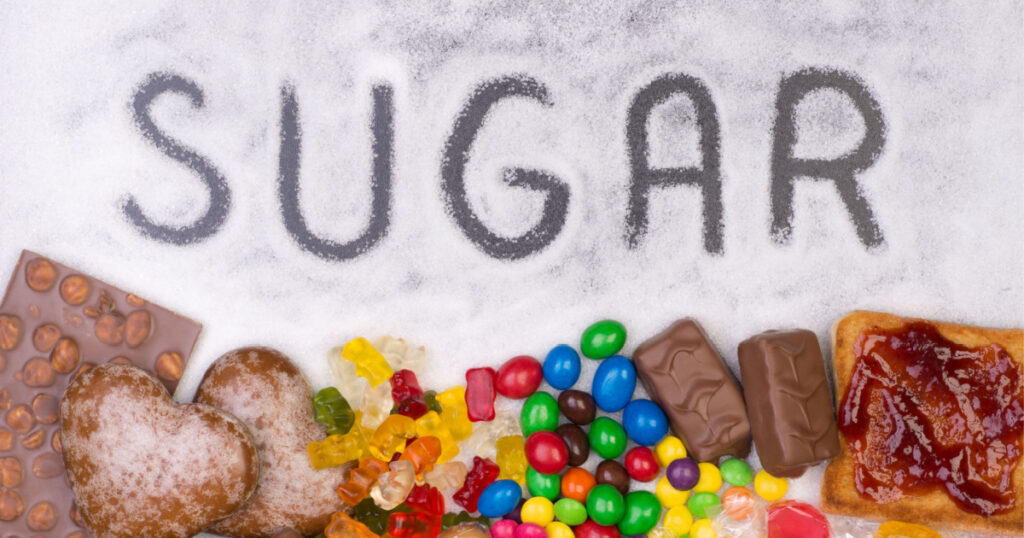
Additionally, foods that contain refined, highly processed sugars typically contain very few beneficial nutrients and are high in calories and other additives. Diets that are high in refined sugars and processed foods also promote inflammation in the body, which we know contributes to chronic illness and cancer [22]. Removing refined, processed, and sugary foods from your diet and getting rid of excess body weight will decrease your risk of developing cancer.
11. Inflammation
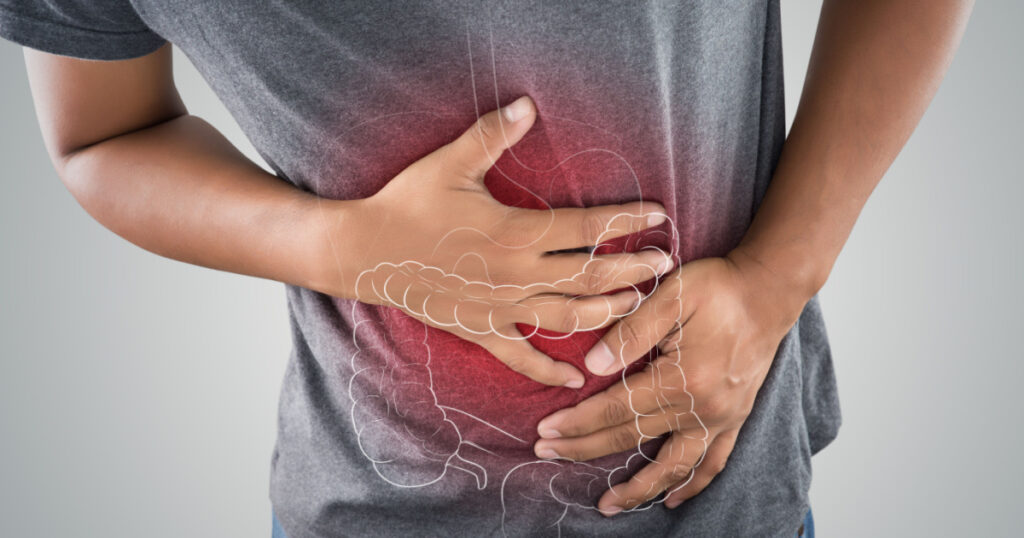
Inflammation in your body is at the root of nearly every chronic disease: Diabetes, arthritis, migraines, IBS, and the list goes on. The same is true for inflammation and cancer. Long-term, chronic inflammation from infection and other sources is directly connected to tissue damage and the development of cancer [22]. Decreasing your chances of contracting infections and diseases will lower your risk of inflammation and cancer, but much of the chronic inflammation we experience in North America is due to our poor lifestyle choices. As already mentioned, highly processed foods, refined sugars and carbohydrates, treated foods, and those high in unhealthy fats all cause inflammation inside your body. Thankfully, there are foods that have anti-inflammatory properties and will help to lower your risk of cancer.
These foods include:
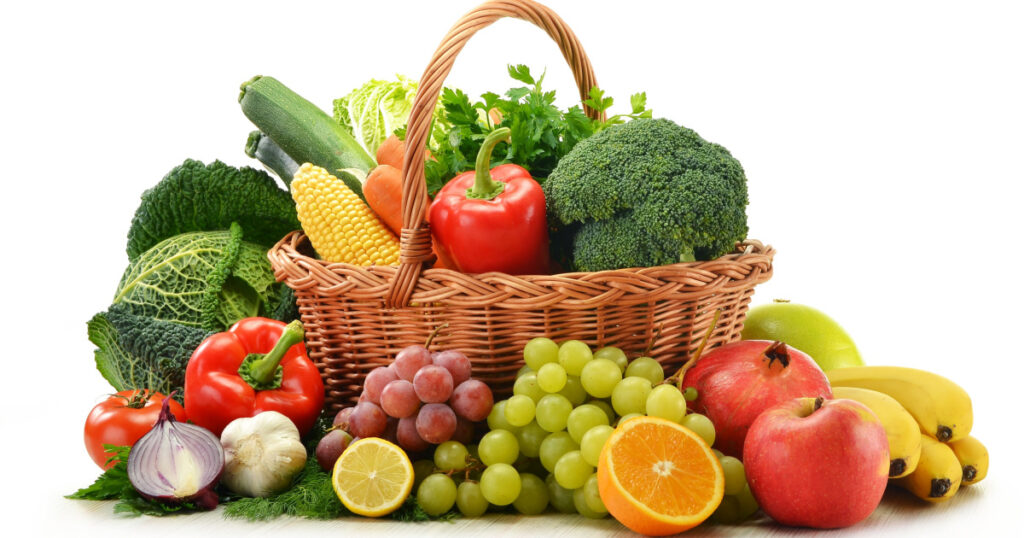
- Vegetables and fruits
- Spices, such as ginger, cinnamon, and turmeric
- Herbs, such as oregano
- Teas
- Omega-3 Fats, found in fatty fish, nuts, and seeds
12. Carcinogenic Substances
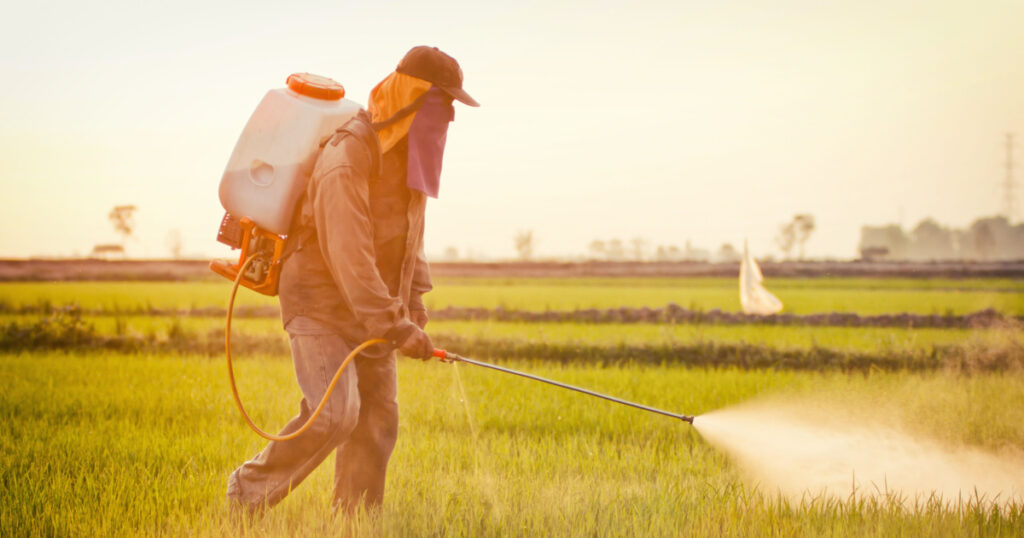
There are hundreds of known and probable cancer-causing substances in our everyday environment. For a complete list, visit here [24].
Workplace Toxins

Every day we are all exposed to toxins and chemicals. People in certain jobs and careers are exposed to more dangerous and known carcinogens because of their occupation than others. Many people who work in the industrial sector, like construction, metal work, and manufacturing, or those who work in landscaping, conventional farming, transportation (driving or flying), and even cosmetics (barbers, hairdressers, and estheticians) are exposed to a variety of toxic chemicals. Asbestos, diesel engine exhaust, hydrocarbons, formaldehyde, arsenic, and various types of radiation are just some of the environmental toxins that are known to cause cancer. For a full list of occupational hazardous chemicals and how to decrease your exposure, click here [23].
Read More: 37-Year-Old Mom Shares Uncommon Early-Warning Sign for Breast Cancer
13. X-rays and CT Scans
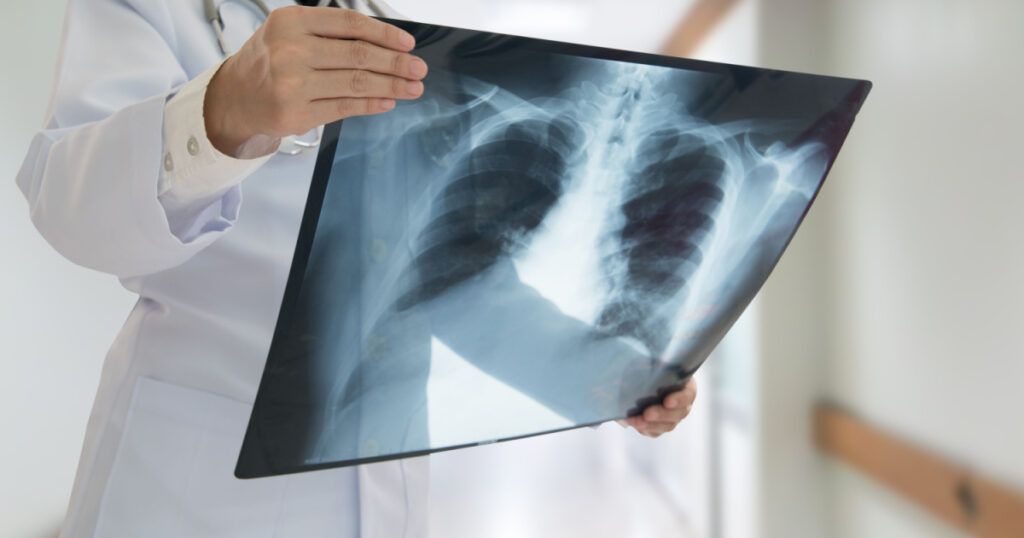
X-rays and gamma rays are known carcinogens and high doses of these rays will cause cancer. This has been seen in people exposed to nuclear accidents or warfare, those who have undergone radiation therapy for cancer and other conditions, and people in certain occupations, such as uranium miners [25]. In terms of lower doses of radiation from X-rays and ct scans for bone breaks, fractures, and other conditions, more research is being done. In many cases, the benefits outweigh the risks, however, there is a limit as to how many x-rays and CT scans you can receive for each part of your body. Once you reach those limits, you can no longer have those procedures done [25]. Ultrasound and MRI are safe alternatives for X-rays and ct scans, however, depending on the procedure or what imaging needs to be done, they may not always be a viable option [26]. Speak with your healthcare provider for more information.
14. Smoking and Alcohol
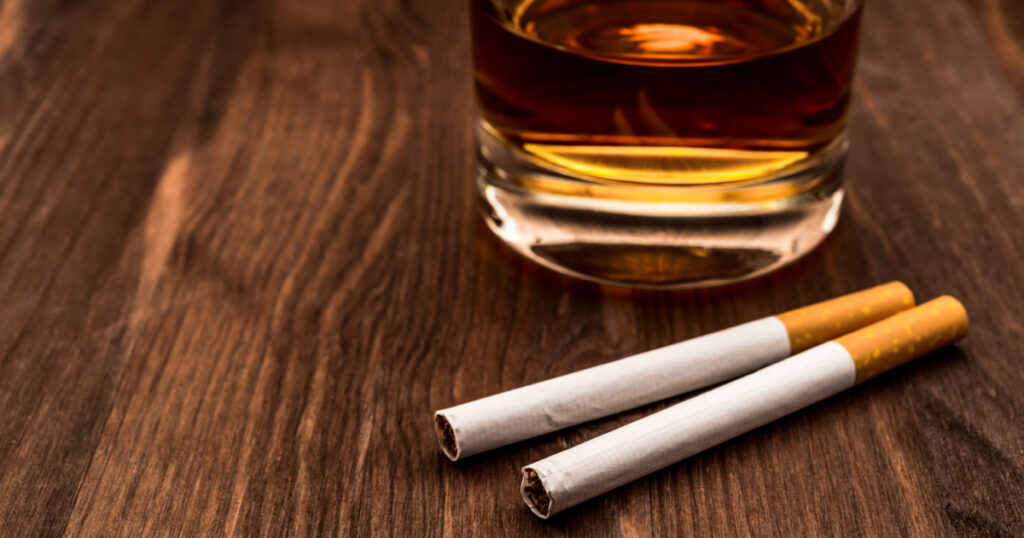
Cigarette smoking is currently one of the leading causes of cancer death. There are thousands of toxic chemicals in cigarettes beyond just nicotine. Even just “occasional” or “social” smoking raises your risk for cancer. There is no hiding this one: If you want to drastically decrease your risk of cancer, don’t ever smoke [29]. Alcohol consumption, particularly in excess, will also increase your chances of developing mouth, throat, esophagus, larynx, liver, and breast cancer [30]. While there is some information out that there may be beneficial substances in certain drinks, such as red wine, there is currently no hard-fast evidence that drinking red wine will help to cure cancer. Limit your alcohol consumption to lower your risk of cancer, and when you do choose to drink, avoid high-calorie sugary mixed drinks.
Read: After Cancer Wiped Out His Family, This Researcher Taught Our Immune Systems To Fight Back
15. Exposure to Sawdust

Wood dust is now considered a group one carcinogen, meaning that it is a substance that is known to cause cancer in humans. Your risk, however, depends on the frequency, amount, and type of dust you are exposed to. Hardwoods from deciduous trees, for example, pose a greater risk than softwoods. There are higher rates of lung cancer among people who are exposed to on-the-job wood dust or those who work in occupations associated with wood dust, however, a hobby working with wood likely does not pose a significant risk, as you are probably being exposed to enough dust to cause harm [31].
16. Working the Night Shift
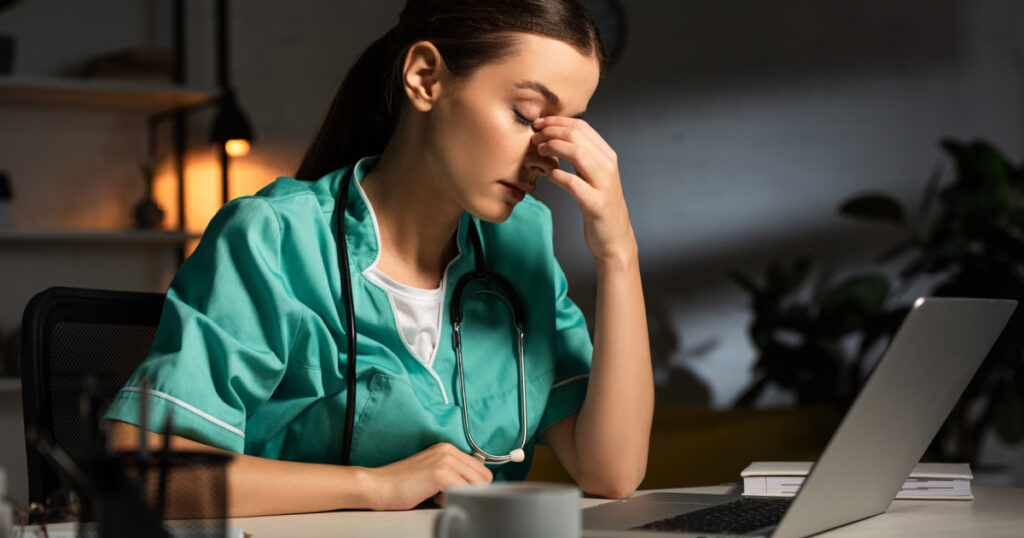
Nearly fifteen percent of Americans work the night shift, and several large studies have found that these individuals have an elevated risk of developing cancer. Humans, as well as most other organisms, have a circadian clock that regulates the timing of key aspects of our physiology. This clock is governed by light (which is why light will wake us up, and we make the room dark when we’re trying to sleep). A team of researchers found that two of the genes that control the cells’ circadian rhythms also function as tumor suppressors. When you disrupt the normal light/dark cycle, you lose these tumor suppressors, allowing tumors to become more aggressive [32].
Read More: 10 Things You Can Do Right Now to Potentially Cut Your Breast Cancer Risk
17. Burnt Food
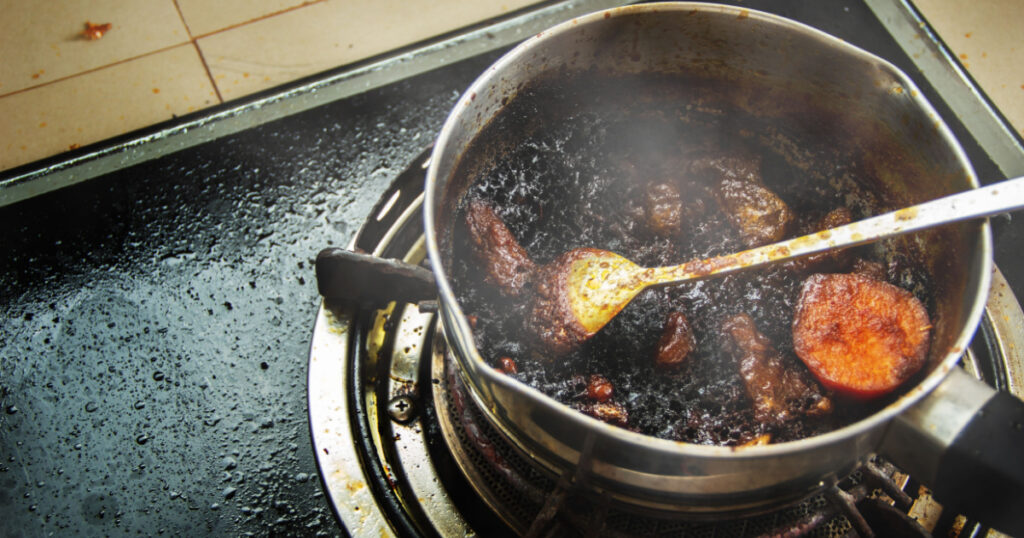
When meat is overcooked or charbroiled, heterocyclic amines (HCAs) form, which can damage and change your DNA. When meat is charred or blackened, polycyclic aromatic hydrocarbons (PAHs) form, which are also damaging to your cells. This, however, does not mean that you have to stop grilling altogether.
There are many ways you can still enjoy a summer barbeque safely:

- When you can, choose leaner cuts since high-fat meats form more PAHs.
- Use herbs and spices that can decrease HCA and PAH formation, like mint, onion powder, turmeric, fresh garlic, and rosemary.
- Marinate your meat.
- Avoid barbeque sauce, honey, or anything else that contains sugar, as it can increase HCA and PAH formation. If you want to use barbeque sauce, add it at the end.
- Include lots of fruits and veggies with your meal, since they inhibit the mutagenic activities of HCAs
- Cut your meat into smaller pieces, and cover the grill with foil to reduce drips and flare-ups.
- Cook meat on medium to medium-high, and flip it frequently.
- Don’t overcook your meat [33].
Prevention is the Best Medicine
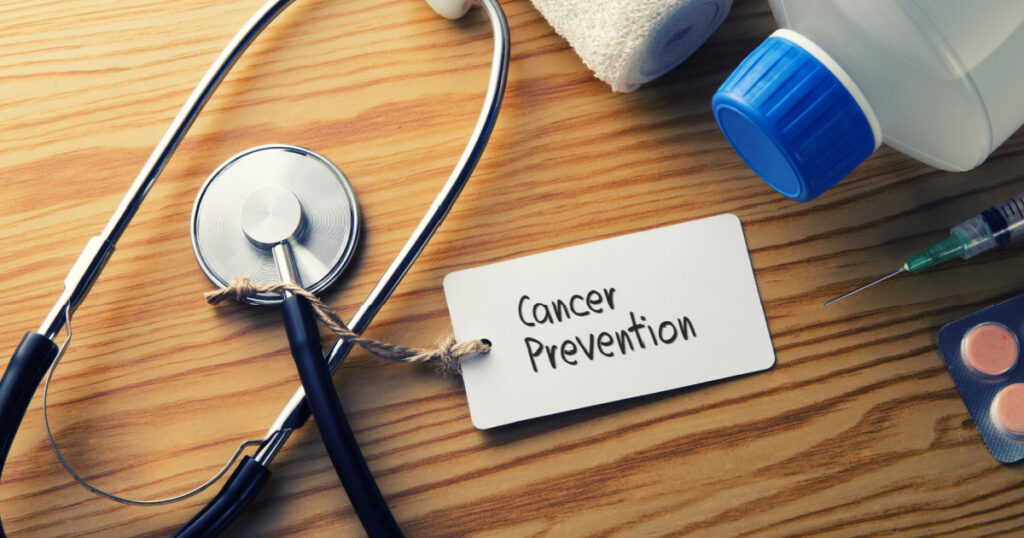
The best way to prevent cancer is to try to be the healthiest version of yourself while still living a full and enjoyable life. Knowing whether or not you are at a higher risk for developing cancer will help you to know what changes you need to make, how often you should be doing self-check-ups, and how often you should be checked by your doctor. It’s not too late to lower your and your family’s risk of cancer. Spread the word and help us make cancer a disease of the past.
Read More: 12 Symptoms of Lung Cancer That Everyone Should Know
Sources
- https://www.cancerresearch.org/faq?gclid=CjwKCAjw34n5BRA9EiwA2u9k3-StXFAlhOFrOmGqnh8pLur4ib7KU-tuw5tV0b0fiv9-TwPWgS2L4hoCJOYQAvD_BwE
- https://www.nature.com/articles/nature12981
- https://www.sciencedirect.com/science/article/abs/pii/S1357303915002686
- https://ghr.nlm.nih.gov/primer/mutationsanddisorders/predisposition
- https://www.tandfonline.com/doi/full/10.3402/jom.v2i0.5195?scroll=top&needAccess=true
- https://cebp.aacrjournals.org/content/23/5/735.short
- https://www.nature.com/articles/nrmicro3344
- https://www.sciencedirect.com/science/article/abs/pii/S0140673603124890
- https://science.sciencemag.org/content/338/6103/120
- https://onlinelibrary.wiley.com/doi/full/10.1002/ijc.28702
- https://acsjournals.onlinelibrary.wiley.com/doi/full/10.3322/canjclin.52.2.92
- https://www.sciencedirect.com/science/article/abs/pii/S1043661807000321
- https://www.ncbi.nlm.nih.gov/pmc/articles/PMC4671175/
- https://www.skincancer.org/risk-factors/tanning/
- https://melanoma.org/melanoma-education/melanoma-prevention/
- https://www.cancer.gov/about-cancer/causes-prevention/risk/diet/vitamin-d-fact-sheet
- https://pubmed.ncbi.nlm.nih.gov/21421743/
- https://cebp.aacrjournals.org/content/cebp/19/11/2691.full.pdf
- https://www.cancer.gov/about-cancer/causes-prevention/risk/obesity/obesity-fact-sheet
- https://www.mayoclinic.org/diseases-conditions/cancer/in-depth/cancer-causes/ART-20044714?pg=2
- https://www.ncbi.nlm.nih.gov/pmc/articles/PMC1994795/
- https://www.ccohs.ca/oshanswers/diseases/carcinogen_occupation.htm
- https://www.cancer.org/cancer/cancer-causes/general-info/known-and-probable-human-carcinogens.html
- https://www.cancer.org/cancer/cancer-causes/radiation-exposure/x-rays-gamma-rays/do-xrays-and-gamma-rays-cause-cancer.html
- https://www.cancer.org/cancer/cancer-causes/radiation-exposure/x-rays-gamma-rays/avoiding-exposure.html
- https://www.nichd.nih.gov/health/topics/stds/conditioninfo/cancer
- https://www.hpv.com.au/prevention
- https://www.cancer.gov/about-cancer/causes-prevention/risk/tobacco/cessation-fact-sheet
- https://www.cancer.gov/about-cancer/causes-prevention/risk/alcohol
- https://www.verywellhealth.com/wood-dust-and-lung-cancer-whos-at-risk-3971878
- https://news.mit.edu/2016/night-shift-cancer-risk-0728
- https://www.precisionnutrition.com/grilling-meat-and-cancer-infographic
